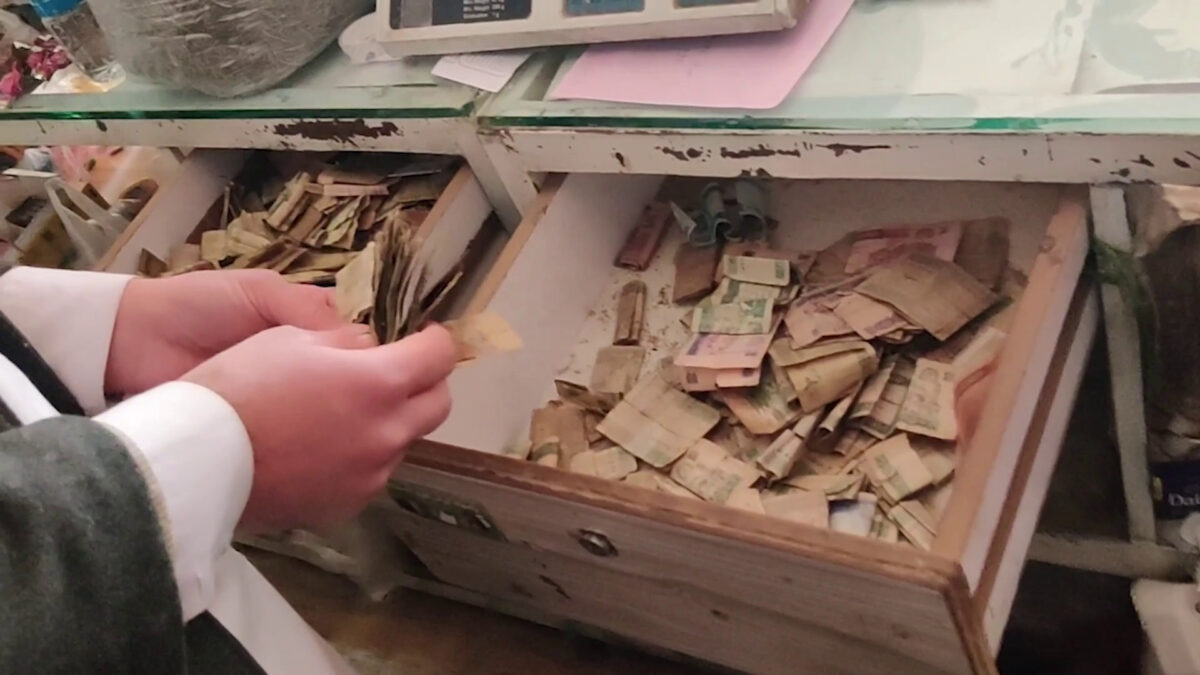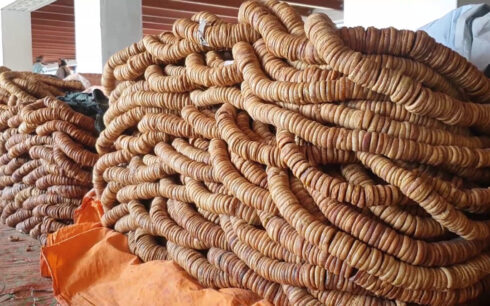Several residents of Badakhshan have expressed concern over the increasing presence of damaged banknotes in the province’s local markets, calling on relevant institutions to address the issue.
They have observed that a majority of the 10 to 100 Afghani banknotes are worn out, causing difficulties in daily transactions for people who rely heavily on cash payments.
“I urge the Taliban to introduce new banknotes to resolve this problem,” said Karimullah, a resident of Faizabad city, the capital of Badakhshan.
Shopkeepers in the northeastern province have also criticized the Taliban-led Central Bank for not releasing newly printed banknotes into the local market.
The influx of worn-out banknotes has complicated the trading process in Badakhshan, sometimes leading to tensions between customers and shopkeepers.
“We face problems with damaged banknotes in our daily transactions. People refuse to accept this money from us,” said Ahmad, a shopkeeper.

“People often bring old 50 and 20 Afghani banknotes, and if we refuse to accept them, they become angry. Even if we accept them, these banknotes are unusable. There is a scarcity of new banknotes in the market and at the bank, which is causing problems for me,” added Ali Dad, another shopkeeper in Faizabad.
Nearly a month ago, the Central Bank announced the commencement of the exchange of worn-out 10 and 20 Afghani banknotes and encouraged citizens to bring up to 10,000 Afghanis to the bank for exchange without any commission.
However, despite the passage of a month, old banknotes are still in circulation in numerous provinces, including Badakhshan.
This situation persists despite the arrival of new banknotes worth 10 billion Afghanis in Kabul in November 2022. The United States last year facilitated the payment to a Polish company for printing the much-needed cash for Afghanistan’s central bank. Subsequently, it was expected that the Taliban-led Central Bank would distribute the new banknotes throughout the country to address the prevalence of damaged banknotes in local markets, where cash payments are widely used.





